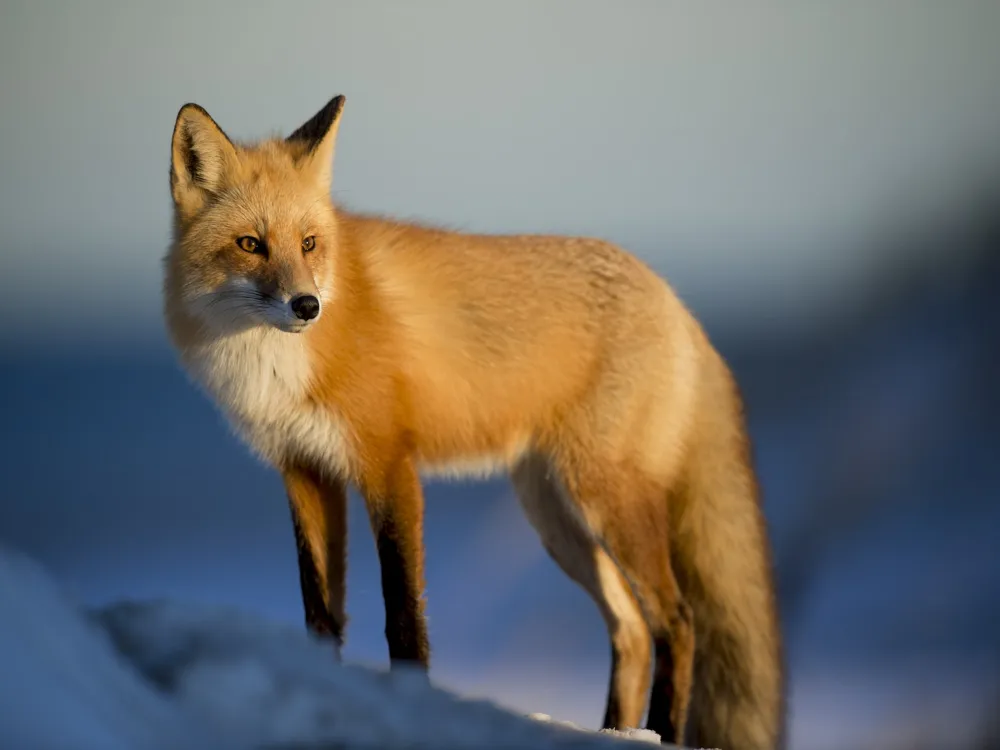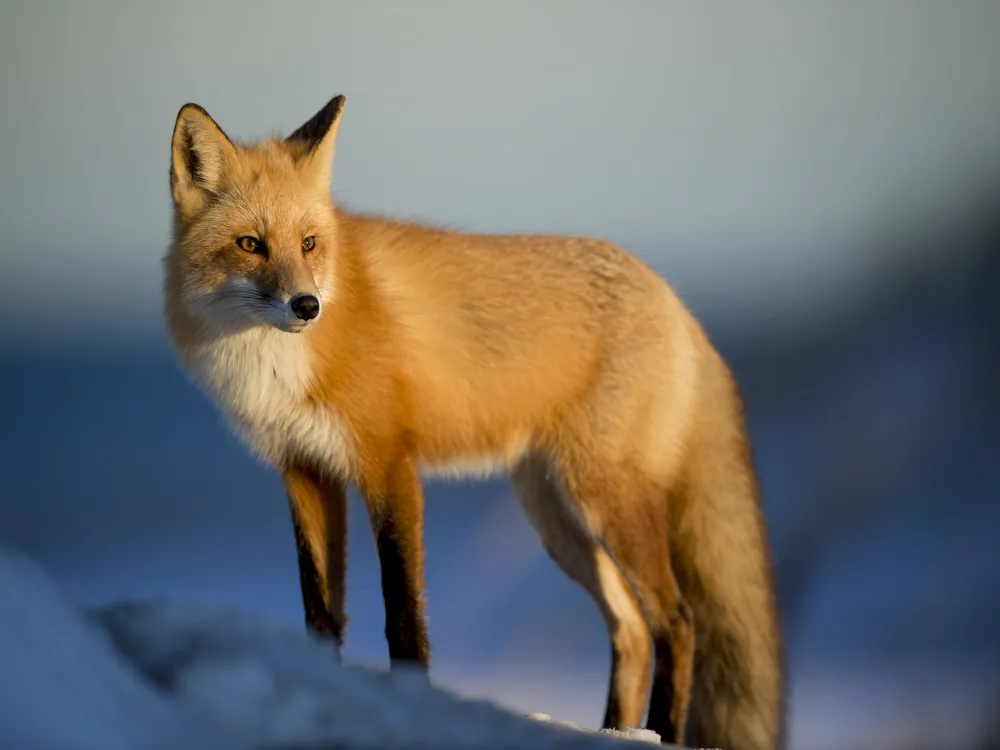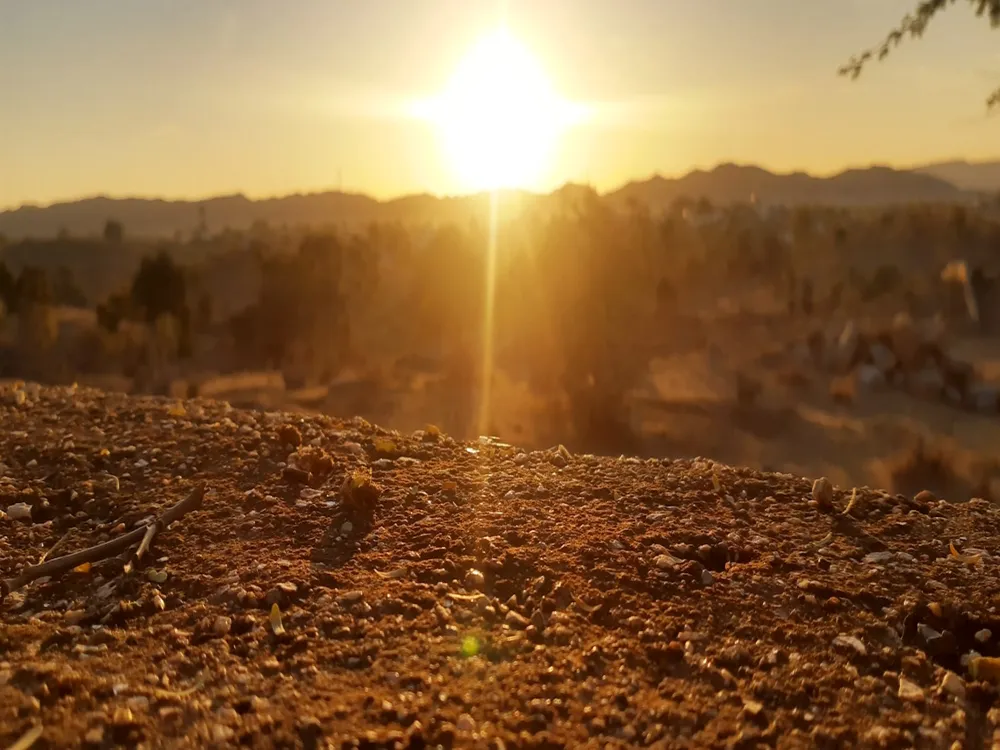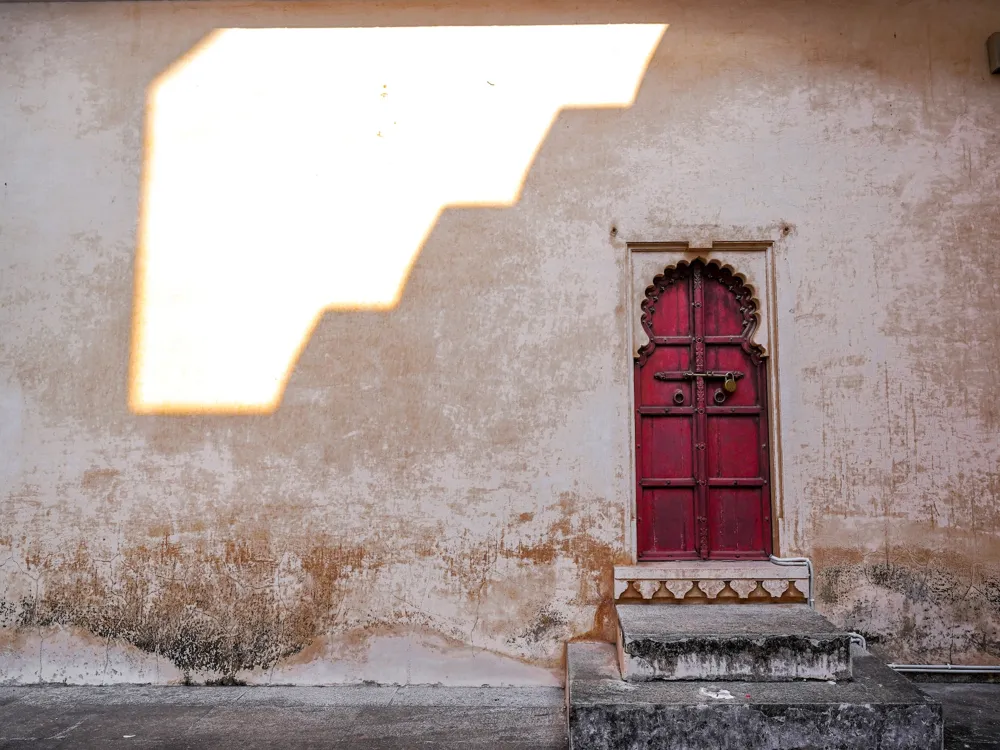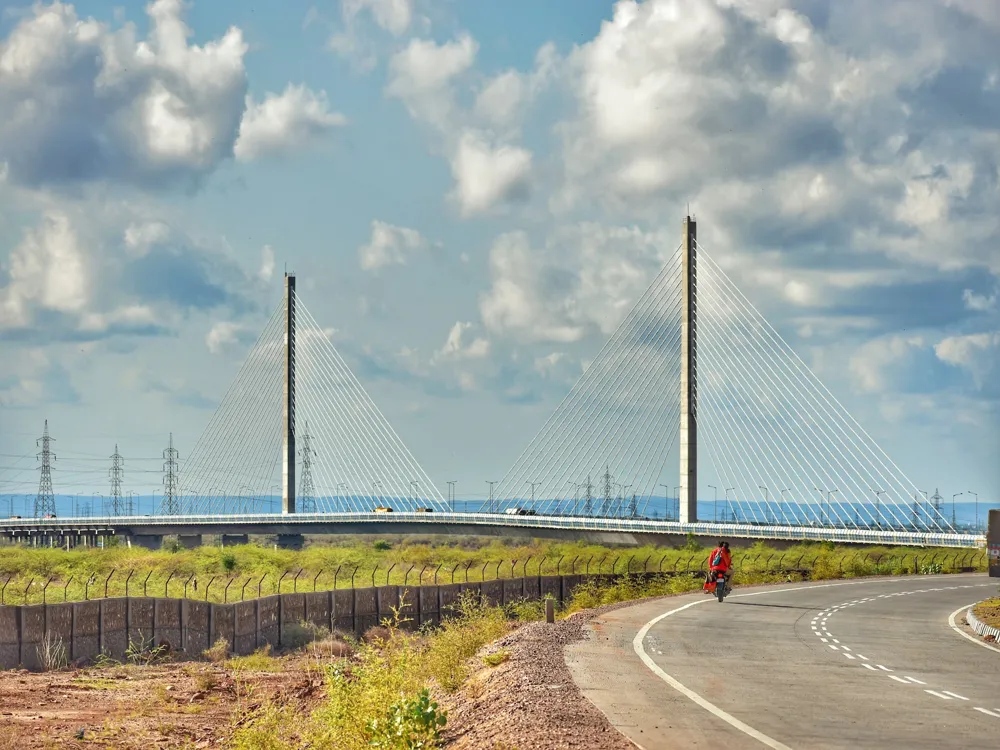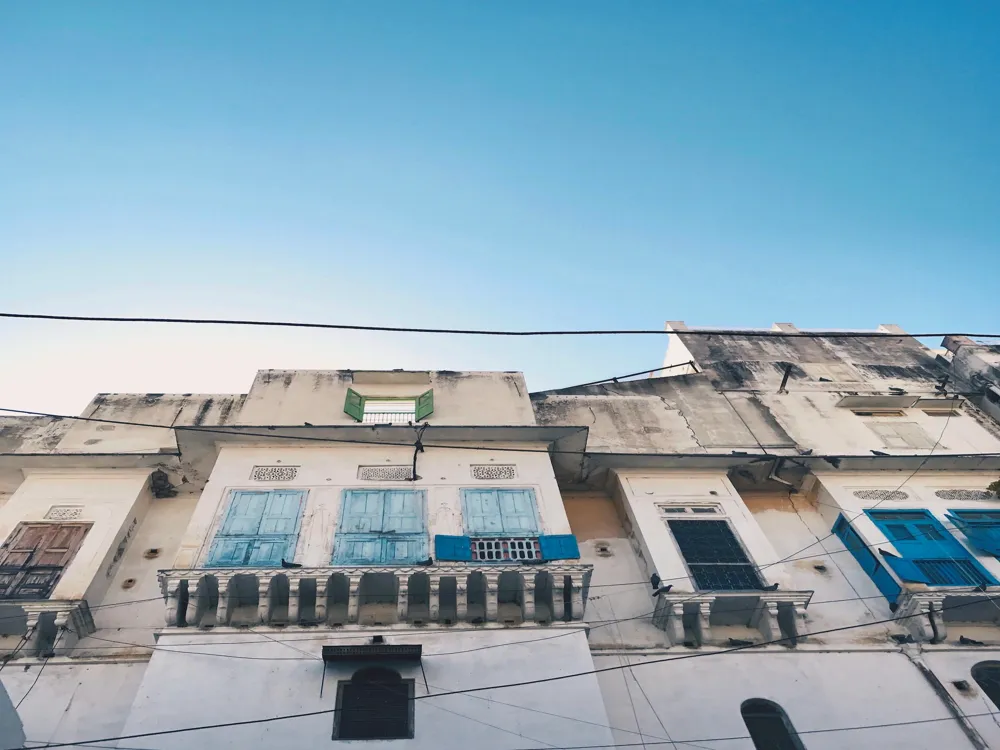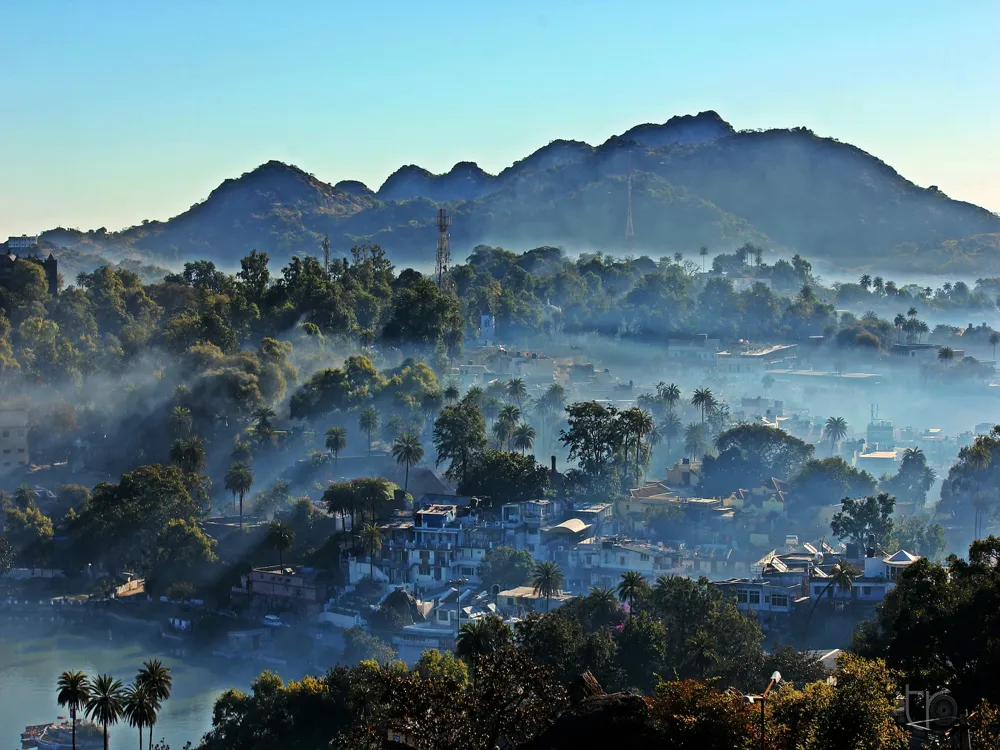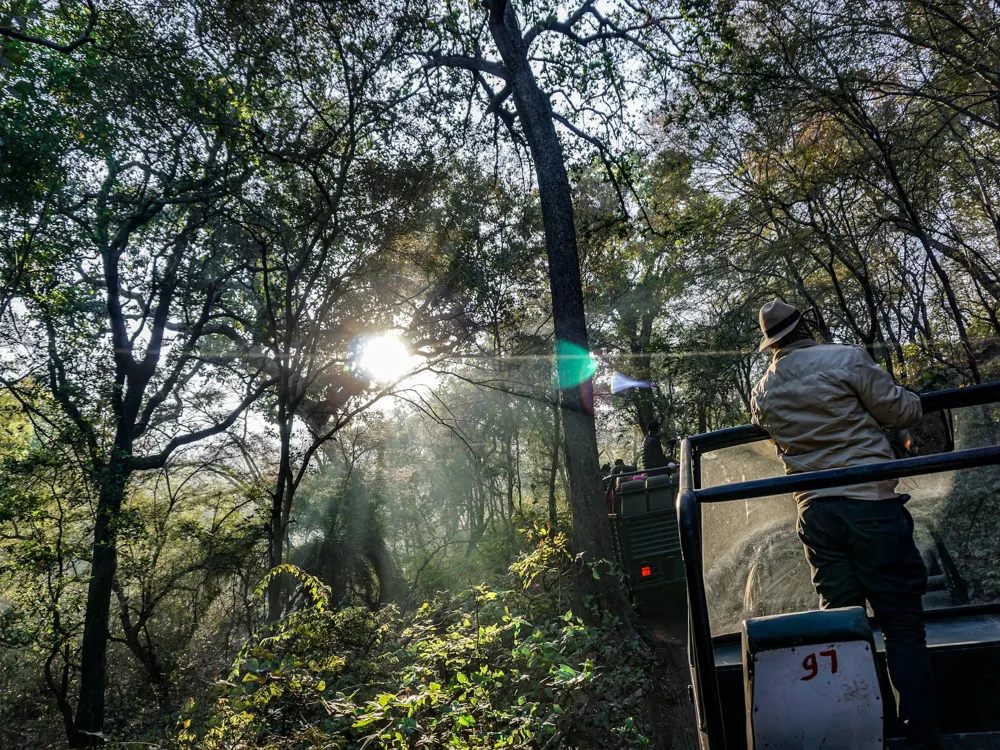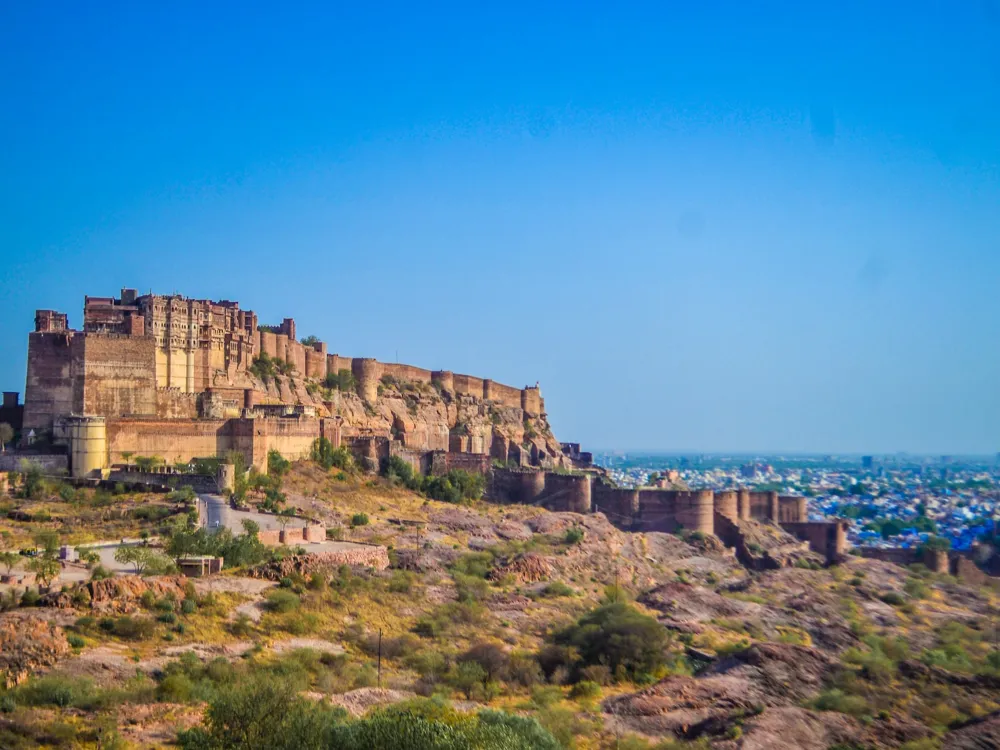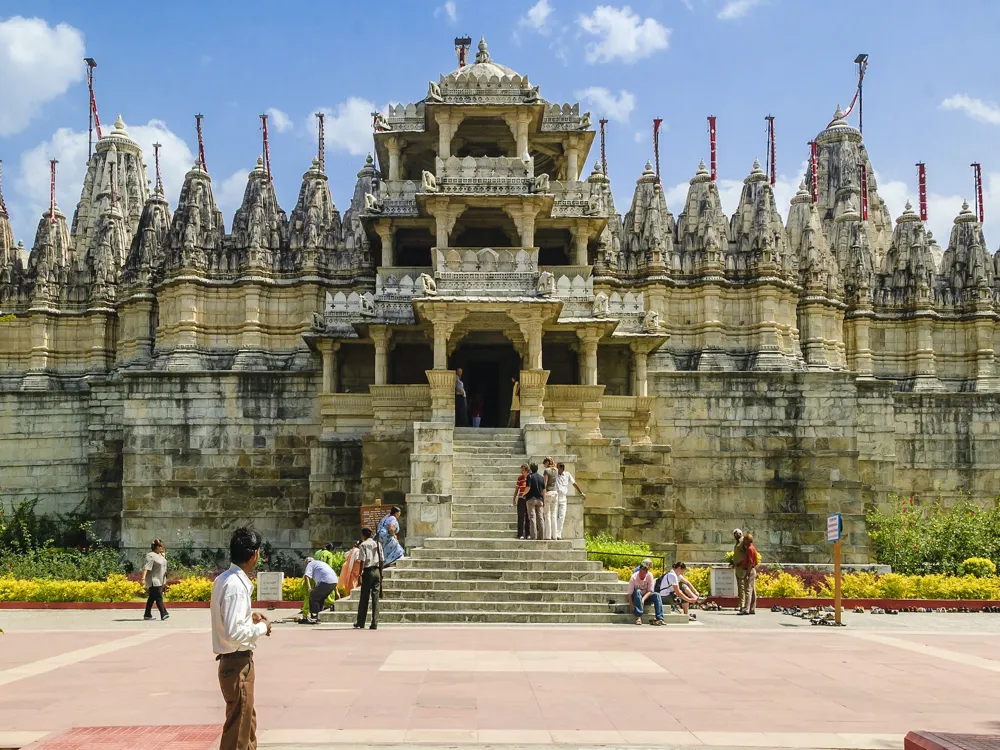Chittorgarh, also known as Chittor, holds a unique place in the history and heart of Rajasthan, India. It is a symbol of bravery, pride, and the rich cultural heritage of the Rajputs. The city, primarily known for its massive fort, Chittorgarh Fort, has witnessed some of the most historic battles and tales of Rajputana valor.
Chittorgarh's history is steeped in legend and lore. The fort, which is the largest in India, is perched atop a 180-meter high hill and sprawls over 700 acres. The fort's history dates back to the 7th century AD and has been a witness to the life and times of various historical figures such as Rana Kumbha, Rani Padmini, and Maharana Pratap. The city's narrative is replete with stories of heroism, sacrifice, and the undying spirit of the Rajputs.
One of the most poignant tales associated with Chittorgarh is the legend of Rani Padmini's jauhar (self-immolation) to avoid capture by the Sultan of Delhi, Alauddin Khilji. Such stories exemplify the fort's and the city's significance in the Indian cultural and historical context. Besides its valiant history, Chittorgarh is also known for its architectural marvels, including palaces, temples, and towers, which stand as a testimony to the Rajputana glory.
Apart from the fort, Chittorgarh is also famous for its vibrant festivals and fairs. The most notable among them is the annual Jauhar Mela, which commemorates the bravery of the ancestors and their sacrifices. This festival attracts thousands of tourists and history enthusiasts from across the globe. The city also serves as a gateway to other tourist destinations in Rajasthan, making it a must-visit for anyone interested in exploring India's royal past.
The architecture of Chittorgarh is a magnificent testament to the skills and artistic prowess of the Rajputs. The Chittorgarh Fort, the centerpiece of this architectural heritage, is a UNESCO World Heritage Site and showcases the epitome of Rajput military architecture.
The fort's imposing structure is a complex of palaces, temples, towers, and water bodies, each with its unique architectural style. The palaces, with their intricate carvings, jharokhas (overhanging enclosed balconies), and murals, reflect the grandeur and opulence of the Rajput rulers. Prominent among these are the Rana Kumbha Palace, the oldest part of the fort, and the Padmini Palace, which is associated with the legendary queen Rani Padmini.
The fort also houses several temples, the most famous being the Meera Temple, dedicated to the devout follower of Lord Krishna, Meerabai. The temple is renowned for its intricate carvings and beautiful idols. The Kumbha Shyam Temple, another architectural marvel, is known for its detailed work and historical significance.
The Vijay Stambh (Victory Tower) and Kirti Stambh (Tower of Fame) are two imposing towers within the fort complex that stand as symbols of the victories and valor of the Rajput warriors. The Vijay Stambh, erected by Maharana Kumbha to commemorate his victory over the Muslim rulers of Malwa and Gujarat, is adorned with Hindu deities and reflects the religious tolerance of its time. Kirti Stambh, dedicated to the first Jain Tirthankara, Adinath, is a fine example of Jain architectural influence in the region.
The fort's strategic architectural design includes massive gates, strong walls, and seven huge gateways (Pol), which were constructed for protection against invasions. The water bodies within the fort, like Gaumukh Reservoir and Padmavati's Pond, are marvels of ancient engineering and played a crucial role in sustaining the fort during sieges.
The ideal time to visit Chittorgarh is from October to March when the weather is pleasant. Summer months should be avoided due to extreme heat.
Allocate a full day for exploring the Chittorgarh Fort as it's quite expansive. Hiring a guide is recommended to understand the historical context better.
Respect the local customs and dress modestly. It's also advisable to remove shoes before entering any religious sites.
Do try the local Rajasthani cuisine, especially dishes like Dal Bati Churma and Gatte ki Sabzi. Local eateries around the fort offer these traditional dishes.
There are various accommodation options available from budget stays to luxury hotels. Booking in advance is advisable, especially during peak tourist season.
Chittorgarh is well-connected by road, rail, and air. The nearest airport is Maharana Pratap Airport in Udaipur, about 90 km away. Regular buses and taxis ply between Udaipur and Chittorgarh. The city also has its own railway station, Chittorgarh Junction, which is well-connected to major cities in India. For those driving, Chittorgarh is accessible via National Highway 27, which links it to various cities in Rajasthan and neighboring states.
Overview of Chittorgarh in Rajasthan
Architecture of Chittorgarh
Tips When Visiting Chittorgarh
Best Time to Visit
Exploring the Fort
Cultural Etiquette
Local Cuisine
Accommodation
How To Reach Chittorgarh
Vijay Stambh
Chittorgarh
Rajasthan
₹ 9,200 onwards
View chittorgarh Packages
Weather :
Label : Must Visit
Tags : Monument
Timings : 8:00 AM - 6:00 PM
Time Required : 1-2 hrs
Entry Fee : No entry fee
Planning a Trip? Ask Your Question
Also Refered As:
Victory Tower
Chittorgarh Travel Packages
View All Packages For Chittorgarh
Top Hotel Collections for Chittorgarh

Private Pool

Luxury Hotels

5-Star Hotels

Pet Friendly
Top Hotels Near Chittorgarh
Other Top Ranking Places In Chittorgarh
View All Places To Visit In chittorgarh
View chittorgarh Packages
Weather :
Label : Must Visit
Tags : Monument
Timings : 8:00 AM - 6:00 PM
Time Required : 1-2 hrs
Entry Fee : No entry fee
Planning a Trip? Ask Your Question
Also Refered As:
Victory Tower
Chittorgarh Travel Packages
View All Packages For Chittorgarh
Top Hotel Collections for Chittorgarh

Private Pool

Luxury Hotels

5-Star Hotels

Pet Friendly







